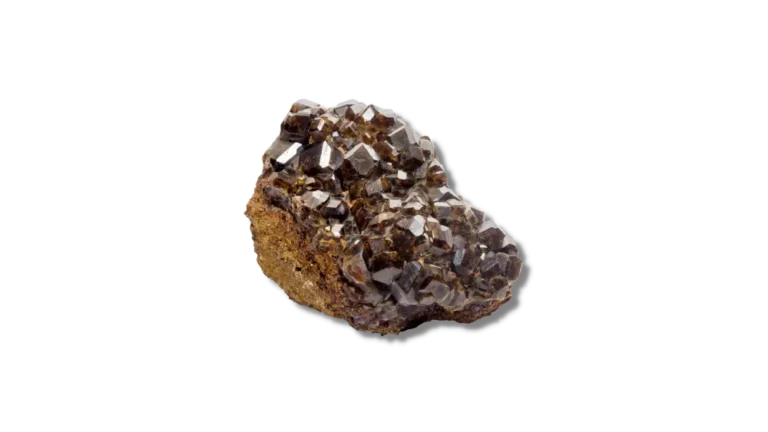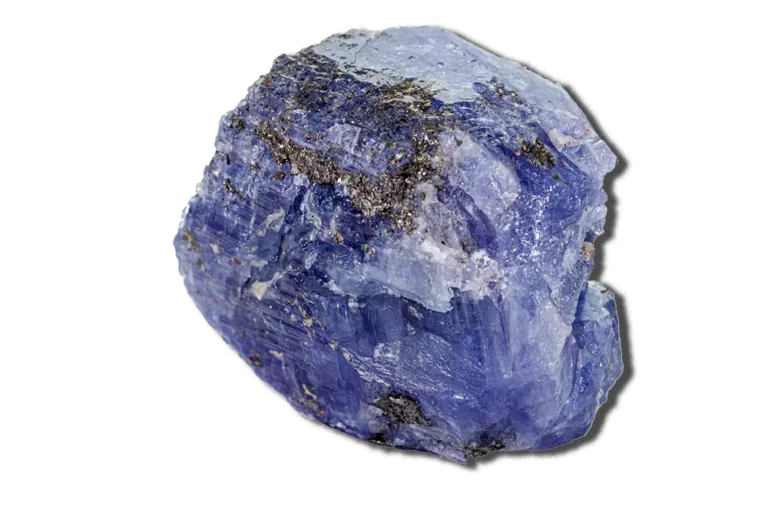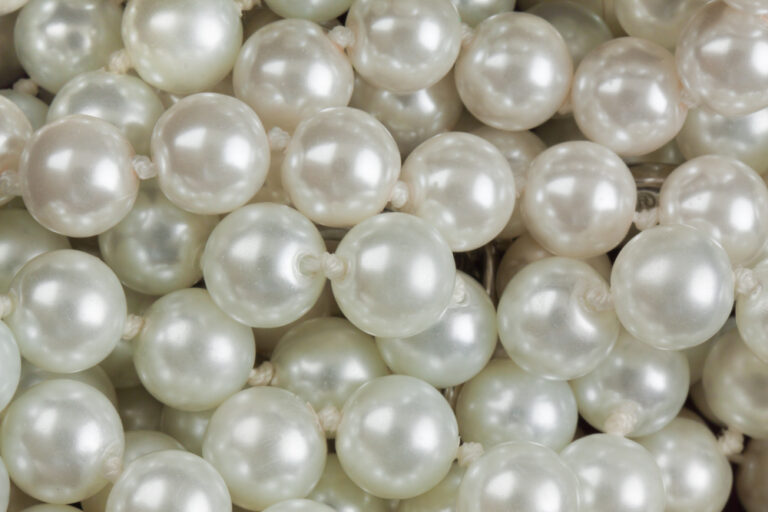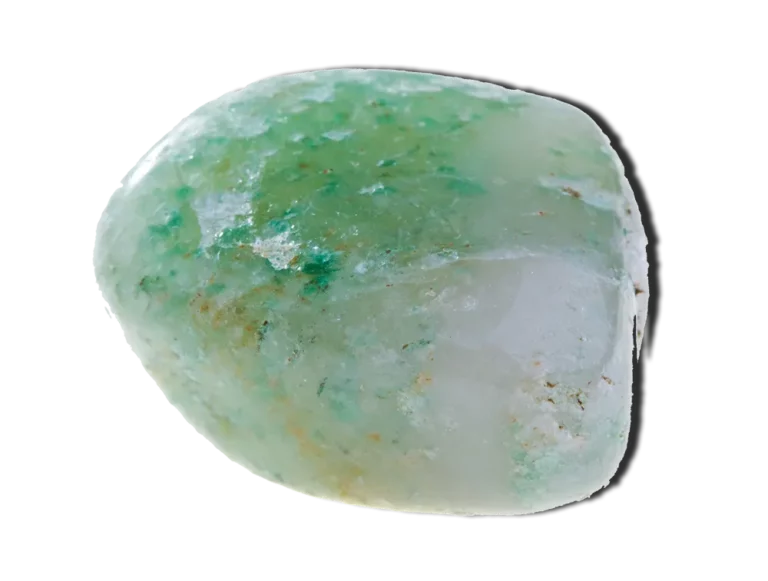Adamite: Properties, Benefits & Meanings
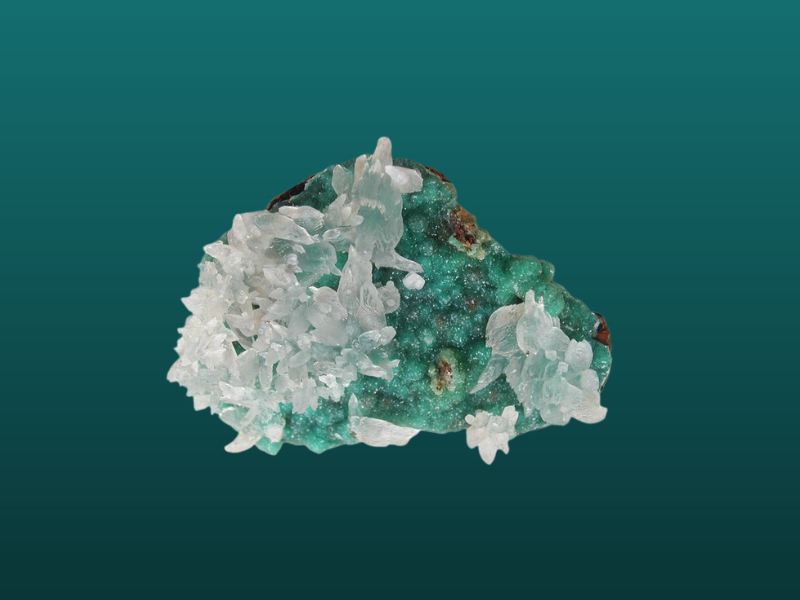
Adamite Overview
Adamite is a mineral with vibrant yellow-to-green color and soft, translucent properties. It can be found in Mexico, Aruba, France, and Zimbabwe geological sites. The name comes from the Greek word Adama meaning “earth,” referring to this gemstone’s high surface energies. This stone has also been used as an alternative physical and spiritual healing medicine. Its natural vibration stimulates creativity and promotes joy, compassion, and well-being.
But Adamite is more than a pretty face with many physical and spiritual properties. This blog post will explore this semi-precious gemstone’s properties, uses, benefits, and meanings.
What Is Adamite?
Adamite is a semi-precious gemstone that belongs to the mineral class of arsenate. It is named after the French mineralogist Gilbert-Joseph Adam, who discovered the mineral in 1866. The stone is typically found in bright green, yellow, or orange colors but can also occur in shades of blue and purple. The mineral can be found in several locations worldwide, including Mexico, the United States, Germany, and Greece.
The stone is known for its crystal structure, which often forms complex shapes and aggregates. These formations can include prisms, needles, and hexagons, among others. In addition, the gemstone has a vitreous to resinous luster and ranges from transparent to translucent in clarity. Its unique coloration and crystal formations make it popular among collectors and jewelry designers.
How is Adamite Formed?
Adamite is a secondary mineral that forms in the oxidation zone of copper, cobalt, and nickel deposits. It typically occurs in the uppermost parts of the deposit, where groundwater and other fluids interact with the rocks and minerals in the area.
The formation process starts with dissolving copper, cobalt, and nickel from the surrounding rocks, creating an acidic solution. As this solution moves through the rocks, it reacts with arsenic minerals, such as arsenopyrite or enargite. The arsenic minerals dissolve in the acidic solution. The minerals re-precipitate as crystals when the solution encounters a suitable location, such as a fracture or pore.
The specific conditions of the environment, such as temperature, pressure, and chemical composition, will affect the size, shape, and color of the crystals formed. In addition, the varying conditions of different deposit locations worldwide contribute to the colors and crystal formations in the stone.
Physical Properties
| Mineral Group | Arsenate |
| Formula | Zn2(AsO4)(OH) |
| Chemical Name: | Zinc Arsenate Hydroxide |
| Color | green, yellow, or orange, but it can also be blue or purple |
| Hardness (Mohs scale) | 3.5 – 4.5 |
| Refractive Index | 1.672 – 1.700 |
| Fracture | Conchoidal to uneven |
| Luster | Vitreous to resinous |
| Specific Gravity | 3.7 – 4.3 |
| Transparency | Transparent to translucent |
Etymology
The name “Adamite” comes from the French mineralogist Gilbert-Joseph Adam, who discovered the mineral in 1866. The stone was named in his honor and is now a recognized mineral among geologists and collectors.
The name Adamite comes from Adam in the Bible, thus, connecting the stone to sacred spiritual power. In addition, this mineral is related to Jupiter, symbolizing abundance and joy and highlighting its positive meaning.

Where is Adamite Found?
Here is a list of countries where Adamite can be found:
- Mexico
- United States
- Greece
- Germany
- Chile
- Morocco
- Bolivia
- Russia
- Argentina
- Australia
- Namibia
- China
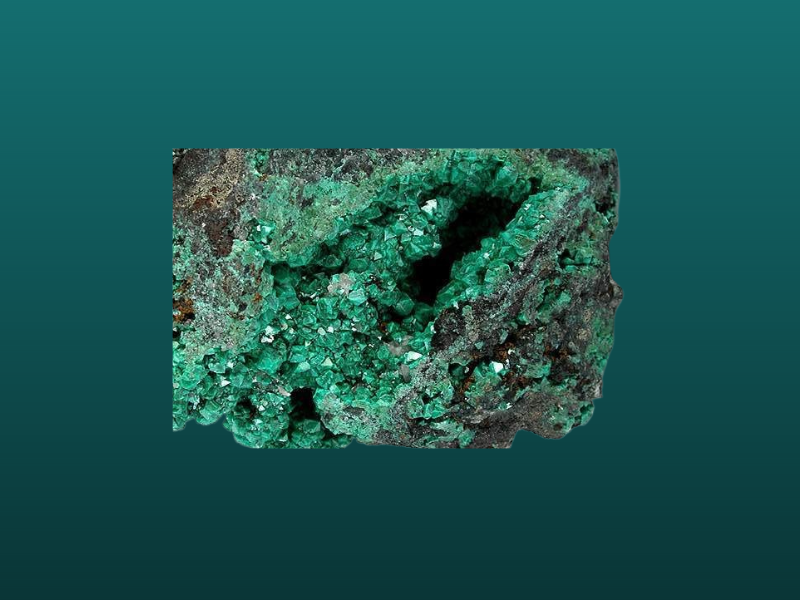
Adamite Appearance
Adamite’s unique and striking appearance makes it a popular choice for collectors and jewelry designers. The gemstone typically occurs in aggregates or clusters of small, colorful crystals that can form various shapes, including hexagons, needles, and clusters.
The crystals can be transparent to translucent and have a vitreous to resinous luster. The gemstone is known for its bright colors, including green, yellow, orange, blue, and purple. The coloration depends on the deposit’s location and the surrounding rocks’ mineral composition.
Some specimens may exhibit color zoning or have a gradient of color throughout the crystal formation. Overall, it is a visually stunning gemstone with a wide range of colors and crystal shapes that make it a unique addition to any collection or piece of jewelry.
Types of Adamite
Several types of Adamite are classified based on their chemical composition, crystal structure, and physical properties. Here are some of the most common types:
- Cuprian Adamite: This type contains copper, giving it a distinctive blue-green color. It is typically found in Mexico and the United States.
- Cobaltoan Adamite: Cobaltoan is a type that contains cobalt, giving it a vibrant pink to purple color. It is typically found in Morocco and the Democratic Republic of Congo.
- Cadmian Adamite: Cadmian is a type that contains cadmium, giving it a yellow-green to brown color. It is typically found in Germany and Greece.
- Manganoan Adamite: Manganoan is a type that contains manganese, giving it a pale pink to peach color. It is typically found in Mexico and Chile.
- Zincolite: Zincolite type contains titanium, calcium, and zinc. It is typically found in Russia and Canada and is yellow to brown.
These different types of Adamite can have slightly different physical and metaphysical properties, depending on their chemical composition and crystal structure.
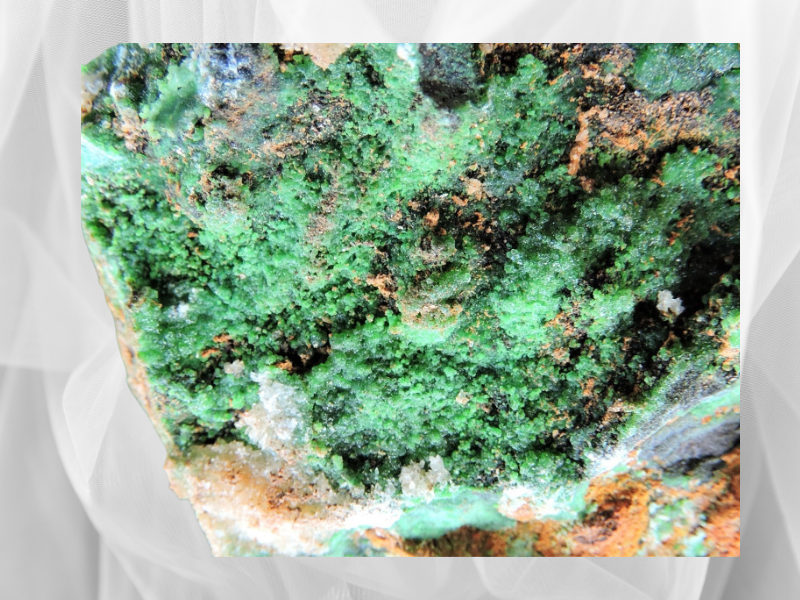
Adamite Value and Price
The value and price of Adamite can vary widely depending on several factors, including carat weight, cut, clarity, color, and rarity of the specimen.
Larger and more well-formed specimens will command a higher price than smaller or less well-formed specimens. The stone’s color can also affect its value, with rare colors such as blue or purple costing a higher price than more common green or yellow specimens.
Cut and clarity are less significant factors in determining the value of this stone, as it is typically cut and polished as a specimen rather than faceted into a gemstone. Clarity can still be important. However, clear and transparent samples are generally more desirable than cloudy or opaque ones.
The price can range from a few dollars per gram for common specimens to hundreds per gram for rare and exceptional specimens.

How Can You Tell if Adamite Is Real?
Several tests can be done to verify its authenticity. Here are some of the most common tests:
- Visual Inspection: A visual inspection of the specimen can help identify any obvious signs of fakery or tampering. Look for any signs of glue or other adhesives that may have been used to enhance the sample artificially.
- Hardness Test: The stone has a hardness of around 3.5 on the Mohs scale, meaning a copper penny can scratch it. If the specimen is harder than this or does not scratch easily, it may not be authentic.
- Density Test: The specific gravity can be measured using a scale and water displacement method. If the specimen is significantly lighter or heavier than its range, it may not be authentic.
- UV Light Test: A real stone often fluoresces under UV light, with Cuprian Adamite typically fluorescing a bright green color. It may not be authentic if the specimen does not fluoresce or fluoresces a different color.
- Chemical Tests: Chemical tests can be used to verify the specimen’s chemical composition. For example, a simple acid test can determine if the sample contains copper (which would indicate Cuprian Adamite). However, these tests should only be conducted by a qualified professional and can damage the specimen if not done correctly.
Purchasing Adamite from a reputable dealer who can authenticate and certify the specimen is important.

What Does Adamite Symbolize?
Adamite is a gemstone believed to have several spiritual and symbolic meanings. Here are some of the most common:
- Joy and Happiness: The stone is often associated with joy, happiness, and positivity. It is believed to help promote feelings of gratitude and contentment and to help overcome negative emotions such as sadness or depression.
- Creativity and Inspiration: It is thought to be a stone that can stimulate creativity and inspire new ideas. It is believed to help remove mental blocks and encourage free expression and originality.
- Spiritual Growth: The stone is often used in meditation and spiritual practices for personal growth and transformation. It is believed to help deepen one’s connection to the divine and enhance spiritual awareness.
- Self-Discovery and Acceptance: It promotes self-discovery and self-acceptance, helping individuals recognize and embrace their unique qualities and strengths.
- Harmony and Balance: It is believed to help balance and align the energy centers of the body, promoting physical, emotional, and spiritual connection.
It is considered a stone of positivity, inspiration, and growth, helping individuals cultivate a sense of joy, creativity, and spiritual awareness.

Uses of Adamite
Adamite is a versatile and multifaceted stone that is used for a variety of purposes. Here are some of the most common uses:
- Jewelry: It is a popular choice for jewelry such as necklaces, bracelets, earrings, and rings. It is often cut and polished into cabochons or faceted gems to highlight its beautiful colors and patterns.
- Collecting and Display: The stone is highly prized for its unique beauty and rarity. Many collectors seek out rare and unusual specimens to add to their collections. In contrast, others display their pieces in their homes or offices.
- Healing and Meditation: The stone is often used in spiritual and healing practices, such as meditation, energy healing, and chakra work. It is believed to help balance and align the body’s energy centers, promoting physical, emotional, and spiritual health.
- Decorative Purposes: The stone can be used for decorative purposes, such as in-home décor or terrariums. The unique colors and patterns can add a beautiful and natural touch to any space.
- Spiritual and Symbolic Purposes: It is often used for spiritual and symbolic purposes, such as in rituals, ceremonies, or as a personal talisman or amulet. It is believed to have several spiritual and symbolic meanings, including promoting joy, creativity, spiritual growth, and self-discovery.
It is a versatile and highly valued stone used for various purposes, from jewelry and collecting to healing, meditation, and spiritual practices.
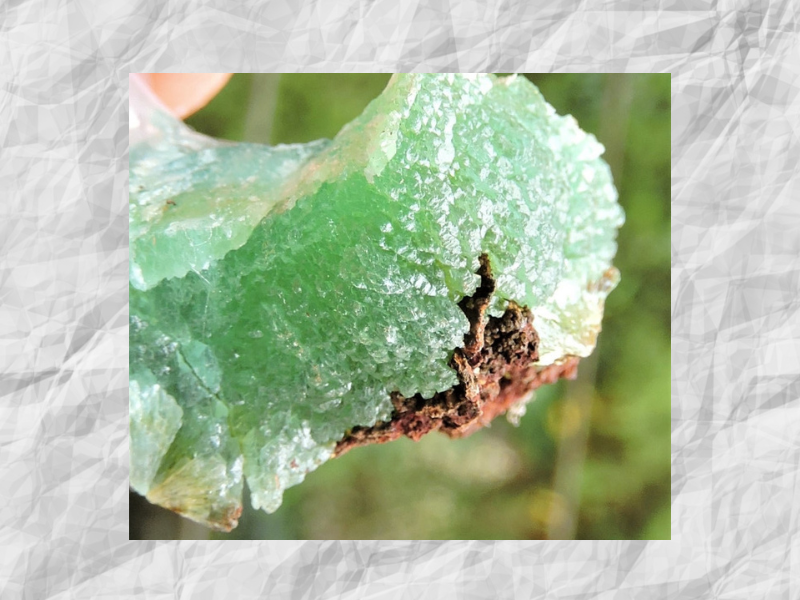
How To Take Care Of Adamite Jewelry?
Like any other type, Adamite jewelry requires proper care and maintenance to keep it looking its best. Here are some tips for taking care of your jewelry:
- Avoid exposure to heat and sunlight: The stone is sensitive to heat and can be damaged if exposed to direct sunlight for extended periods. It is best to store your jewelry in a cool, dark place to prevent any discoloration or damage.
- Handle with care: It is a relatively soft stone and can be scratched or chipped if handled roughly. Be gentle handling your jewelry, and avoid dropping it or banging it against hard surfaces.
- Clean regularly: To keep your jewelry looking its best, it is important to clean it regularly. Use a soft cloth or brush to remove dirt or debris gently. Avoid using harsh chemicals or ultrasonic cleaners that could damage the stone.
- Store separately: To prevent scratching or damage, it is best to store your jewelry separately from other jewelry. You can wrap it in a soft cloth or place it in a jewelry box with compartments to keep it separate from other pieces.
- Remove before engaging in activities: It is best to remove your jewelry before engaging in activities such as exercising, swimming, or doing household chores. This will help prevent damage or loss of the stone.
These simple tips ensure your Adamite jewelry stays beautiful and in good condition.
FAQ
Is Adamite a rare gemstone?
Adamite is a rare gemstone due to its limited availability and unique crystal formations.
What are the spiritual properties of Adamite?
Adamite is said to promote creativity, self-expression, and individuality. It is also believed to enhance intuition and spiritual awareness.
Can Adamite be worn as a daily wear stone?
Adamite is relatively soft compared to other gemstones and may not be suitable for daily wear. It is best worn as a special occasion or occasional jewelry piece.
Can Adamite be used in alternative healing practices?
Adamite is believed to have healing properties and is used in alternative healing practices such as crystal healing and Reiki. Adding one or more of the following crystals – morganite, malachite, and watermelon tourmaline– is recommended to improve adamite’s properties further.
How should Adamite be stored when not in use?
Adamite should be stored in a cool, dry place and away from other jewelry pieces to prevent scratching and damage. Wrapping it in a soft cloth or placing it in a jewelry box with separate compartments is best.



